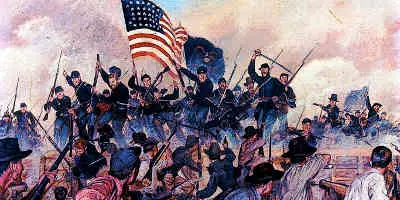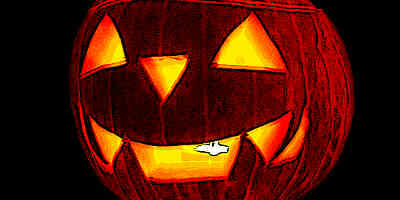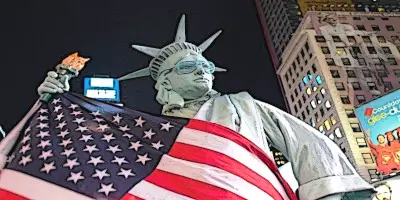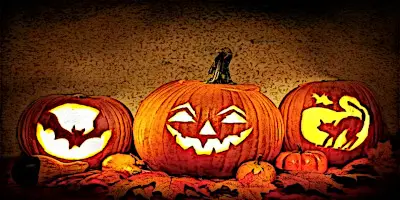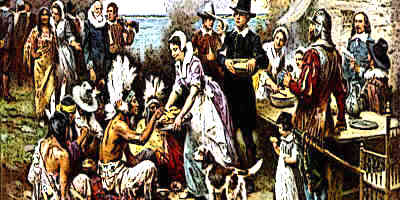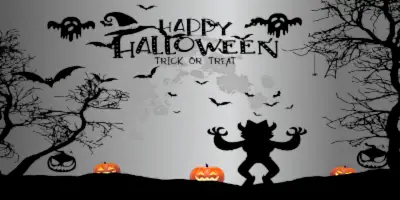Halloween
Halloween is an annual holiday celebrated on October 31st throughout the West
History of Thanksgiving
Thanksgiving, a holiday celebrated annually in the United States of America
Independence Day (4th of July)
American Independence Day is celebrated throughout the nation on 4th of July each year
Thanksgiving
Thanksgiving a harvest festival and national holiday is celebrated on the 4th Thursday of November every year
Trick or Treat: American Halloween Tradition
Trick or Treat is part of Halloween Celebrations in the USA
Top 10 American Celebrations in America
History of Christmas
An annual festival in Christianity celebrating the birth of Jesus Christ, the word ‘Christmas’ itself comes from joining two words together: ‘Christ’ and ‘Mass’. This is because, on Christmas Eve, Christian believers attend religious service(s) at their local church(s).

This mass service, which is sometimes also known as ‘Communion’ or ‘Eucharist’, is where Christians remember that (according to their faith) Jesus Christ died for their sins and came back to life. Since the Christ Mass was the only service that was allowed to take place after sunset and before sunrise the following day, people began to have it at midnight.

New Year’s Day
Historically, it was Mesopotamia that initiated the celebration of each new year in 2000 BC. New Year was celebrated around the time of the vernal equinox (which takes place in mid-March).
According to the early Roman calendar, the 1st of March was the first day of each new year. Each year in the Roman calendar had just ten months.
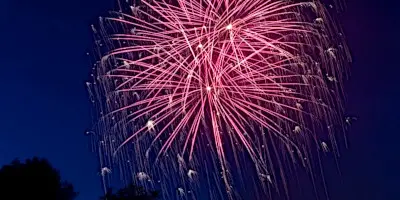
Eventually, the January Kalends came to be celebrated as the New Year instead of March. It was the day for inaugurating new consuls in 153 BC. Private celebrations in the month of March, however, still continued for some time afterward.
New Year’s Day, also called New Year or New Year’s, is the first day of January in the (new) year. Most Western European nations officially adopted January 1st as the first day of the year even before they adopted the Gregorian Calendar.

In pre-Christian times, during the reign of the Romans, this day was dedicated to Janus; the God of Gateways and Beginnings. The month of January is also named after him. This day also marked, in the Christian religious calendar, the Feast of the Naming and Circumcision of Jesus. The occasion is still celebrated by the Anglican and Lutheran Church(s).
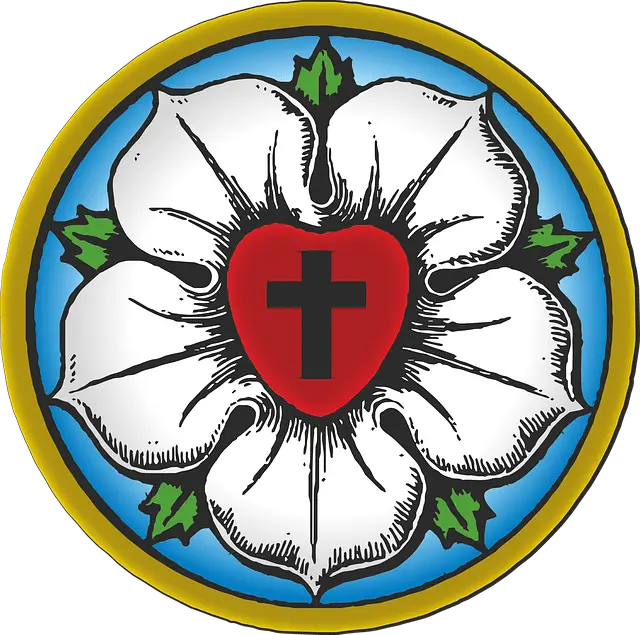
Martin Luther King Day
This particular day honors the life and legacy of one of the greatest leaders ever to walk on American soil. A federal holiday, it marks the birthday of Martin Luther King Jr. It is observed on the third Monday of every January.
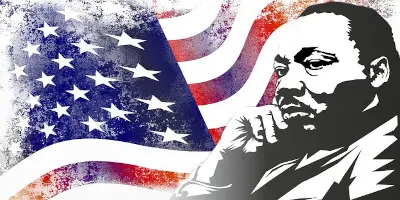
He was the chief spokesperson and leader of the African-American community against segregation and racist laws. He led the Civil Rights Movement and successfully protested racial discrimination in both Federal and State Law.
The idea of the holiday was promoted by labor unions in contract negotiations after his death. It was initially opposed – and failed to pass – as a national holiday in the House of Representatives when the bill was first brought to a vote in 1979.
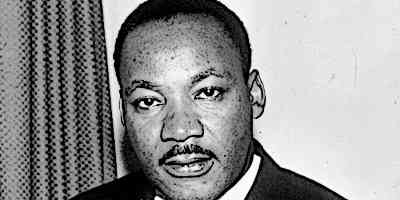
After all-out support from all corners of the United States – be it artists or senators or the common people – the government had no choice. The bill proposing a national holiday be announced on his birth date was finally signed by President Reagan on November 2nd, 1983.
St. Patrick’s Day
St. Patrick’s Day was made an official Christian feast day by the Church in the 17th century. It is observed by the Catholic, Anglican, Eastern Orthodox, and Lutheran Church.
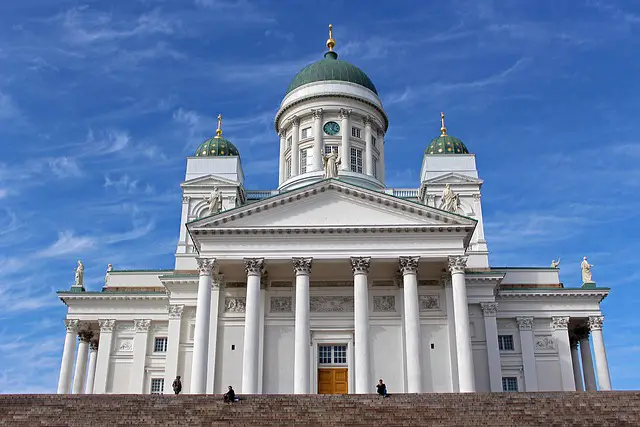
The Day commemorates the arrival of Christianity in Ireland. It originally started as a religious celebration to remember the life of Saint Patrick.
Feast Day was celebrated on the anniversary of his death each year (believed to be March 17th, 461 AD). Irish immigrants brought the tradition over to the American colonies in the early 18th century.
St. Patrick’s Day is a public holiday in the Republic of Ireland, the Canadian province of Newfoundland and Labrador, finally, and the British Overseas Territory of Montserrat. It is also widely celebrated by Italians around the world.

Good Friday
This day commemorates the crucifixion of Jesus Christ and his demise at Calvary. According to Christian belief, the event occurred between AD 30 and AD 33.
Good Friday occurs during Holy Week. It is a part of the Paschal Tritium (the days around Easter) and falls on the Friday that comes before Easter Sunday. It is celebrated as a solemn day of fasting and somber processions. It is also sometimes called Black Friday.
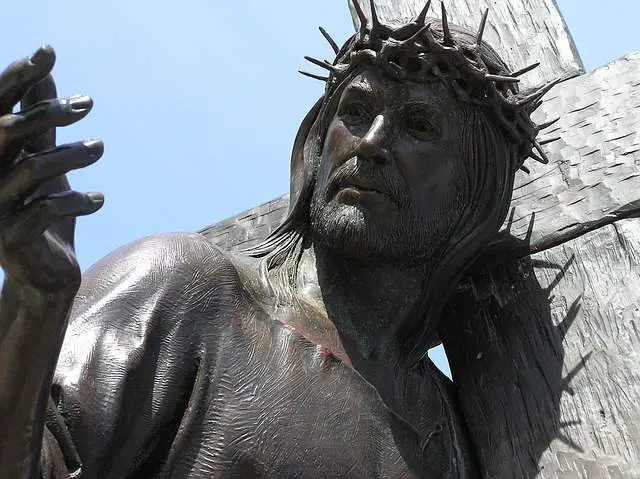
Columbus Day
This day celebrates the very first landing of Christopher Columbus in the New World (America) in 1492 – marking the beginning of American colonization. Monday, October 8th is celebrated as Columbus Day.
It was made a federal holiday in 1937. The day has generated controversy throughout history, as many communities decry the illegal occupation of the colonies and the genocide meted out to the Natives as a result.

Veterans Day
Observed annually on November 11th, the day honors military veterans who served in the US Armed Forces. It was first mentioned as a grand day in 1919, when President Woodrow Wilson issued a message to the American public on the first Armistice Day, in which he explained what the Day meant for him. However, it was not until 1938 when Veteran’s Day was officially made a National Holiday, to be celebrated each year.

Native American Pow-Wows
A Pow-Wow is a social gathering that brings together the many different communities that make up the Native people of the United States of America.

The word is derived from the Narragansett word powwaw, meaning spiritual leader. The term has many different variants, including Powaw, Pawpaw, Powah, and Pawau. Different tribes claim to have held the very first Pow-Wow event as part of their tribal history.
In 1923, the Commissioner of Indian Affairs in the United States Charles Burke passed legislation that restricted the times of the year in which the Native American people could practice traditional dance(s). He felt the dances threatened Christian tradition. This did not stop the Natives, however, who continued to celebrate in secret.
Independence Day
The Fourth of July is celebrated across the United States of America as Independence Day. The tradition goes back to the American Revolution.
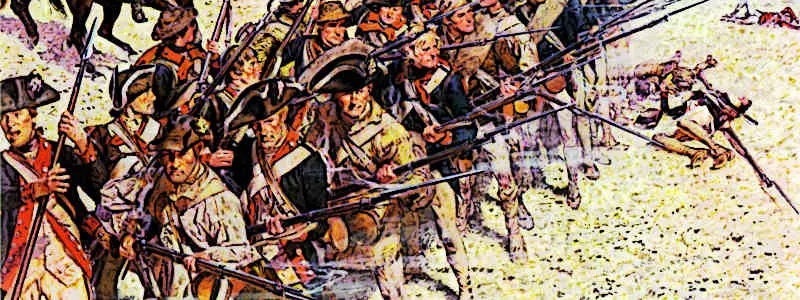
The Declaration of Independence, drafted by Thomas Jefferson, was adopted by the Second Continental Congress at Pennsylvania State House in Philadelphia.
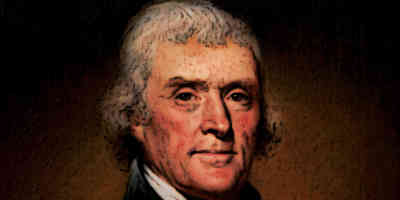
It announced that the thirteen colonies were officially independent, no longer under British Rule and at war with Britain. The day has since then been celebrated as the birth of the United States of America.
Memorial Day
This day celebrates the men and women who died serving in the U.S. Armed Forces. It is celebrated on May 27th. It was first celebrated to honor the numerous brave men and women who had died fighting in the Civil War. By the late 1860s, several cities and townships were holding tributes on that day. The exact date of the festival’s origin is unclear.
